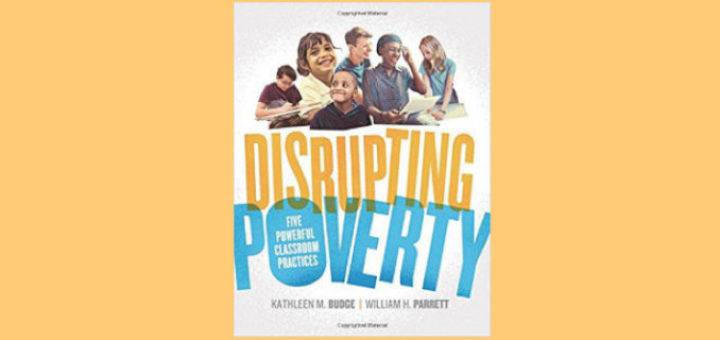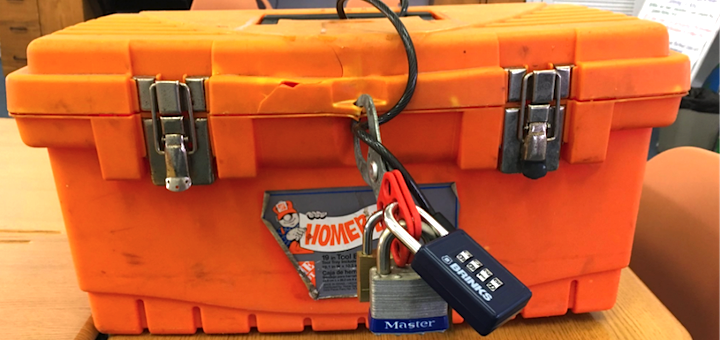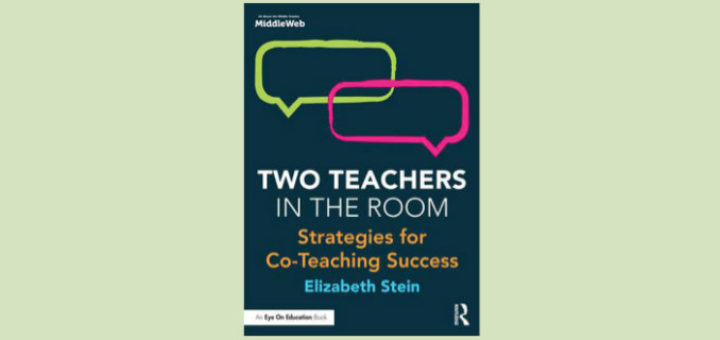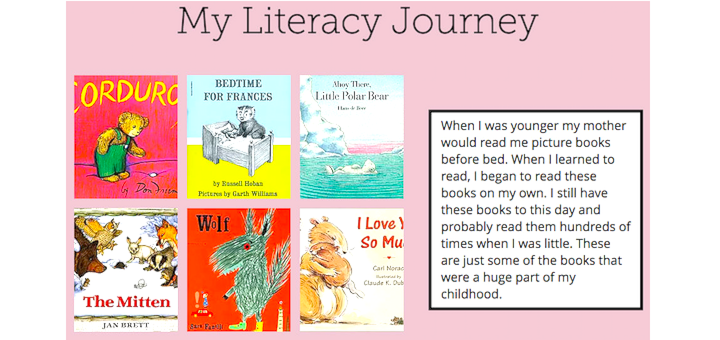Teaching and learning in grades 4-8
Mary Tarashuk just finished a required teacher self-assessment, using a large array of rubrics designed for her state by a former principal and leadership consultant. It has her wondering if top education and corporate leaders might benefit from a rubric, too? She offers a 1st draft.
Among the books educator Lisa Signorelli has read about teaching children in high poverty schools, she finds Disrupting Poverty: Five Powerful Classroom Practices is the easiest to understand and contains very impactful strategies to use in the classroom.
This summer, the week-long Shenandoah University Children’s Literature Conference will bring together writers, teachers, and students to model and practice great literate behaviors. Award-winning YA and tween authors will discuss their craft and their own literacy journeys.
The elements of good instruction can be found in many experiences that are already a part of daily life. NBCT Roxanna Elden suggests real-life activities that might improve teaching more than the PowerPoint-driven professional development in the auditorium.
Michelle Russell is looking for ways to help her math students retain core concepts as new learning occurs through the year. She found some help in Peter Brown’s popular memory book Make It Stick. Here she describes how she’s used the technique of “spaced practice.”
There is a growing flood of poor quality work being turned in by students. How can teachers turn the tide on rushed assignments filled with errors and unclear thinking? Teacher and soon-to-be principal Rita Platt shares her strategies for encouraging excellent writing.
End of year is an ideal time to try something new. Teachers and students have a lot of material to review, but also need to be engaged and energized. Why not stage a breakout game? Teacher Megan Kelly shares tips and says breakouts also make good school year starters!
Two Teachers in the Room by Elizabeth Stein explores how co-teachers can work together as effective partners to best serve all their students. Elizabeth OBrien recommends the book for people new to co-teaching and as a key resource in professional development settings.
Kids develop STEM habits in the classroom, but they spend most of their time outside of school. That’s where parents and other adults can help to inspire, support, and continue their children’s STEM learning. Anne Jolly’s tip-filled letter to caregivers can help.
Teaming with her adjunct class of preservice ELA teachers, NBCT Amber Chandler develops the “Literacy Journey” – a multi-literacies activity that can create more awareness and insight among herself and her students, leading to a connected classroom community each fall.







































